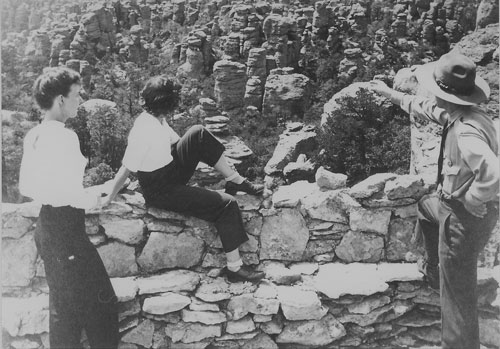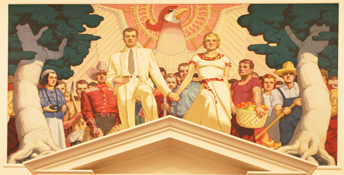Roosevelt's Recipe for National Restoration
In 1935 little Shirley Temple was singing Animal Crackers in My Soup trying to cheer up a country struck down by the greatest economic depression in history. More than 25% of all adult males were unemployed; our landscapes were devastated by drought and destruction; our financial systems were in disarray. President Franklin Delano Roosevelt was creating a restorative recipe of New Deal programs. These programs spanned the years of 1933 to 1942 and were designed to rejuvenate economically stagnant communities across the country with infusions of cash and work. The programs were known as Roosevelt's "Alphabet Soup" for their 3- and 4-letter acronyms such as PWA, CCC, WPA, FHA, and TVA.
FDR created a new vision for America. His New Deal programs restarted the nation's economic engine by bringing individuals, communities, and the federal government together to work as a team. A desperate generation of men and women under Roosevelt's leadership set out to reclaim our farmlands and forests. They built roads, streets and sidewalks; parks and monuments; schools, post offices, community centers; and bridges and dams.
The physical legacy of these programs continues to benefit us today in the foundation of our communities' as well as our nations' infrastructure. Hardly a town exists in this country where you will not find a structure or a building that they created. These programs and their emphasis on rebuilding the country created a generation who refused to give up. That generation then went on to mobilize for and win World War II. Their legacy for us today can be summed up in a simple, but profoundly powerful statement; it was the motto of the Civilian Conservation Corps: "We Can Take It."











